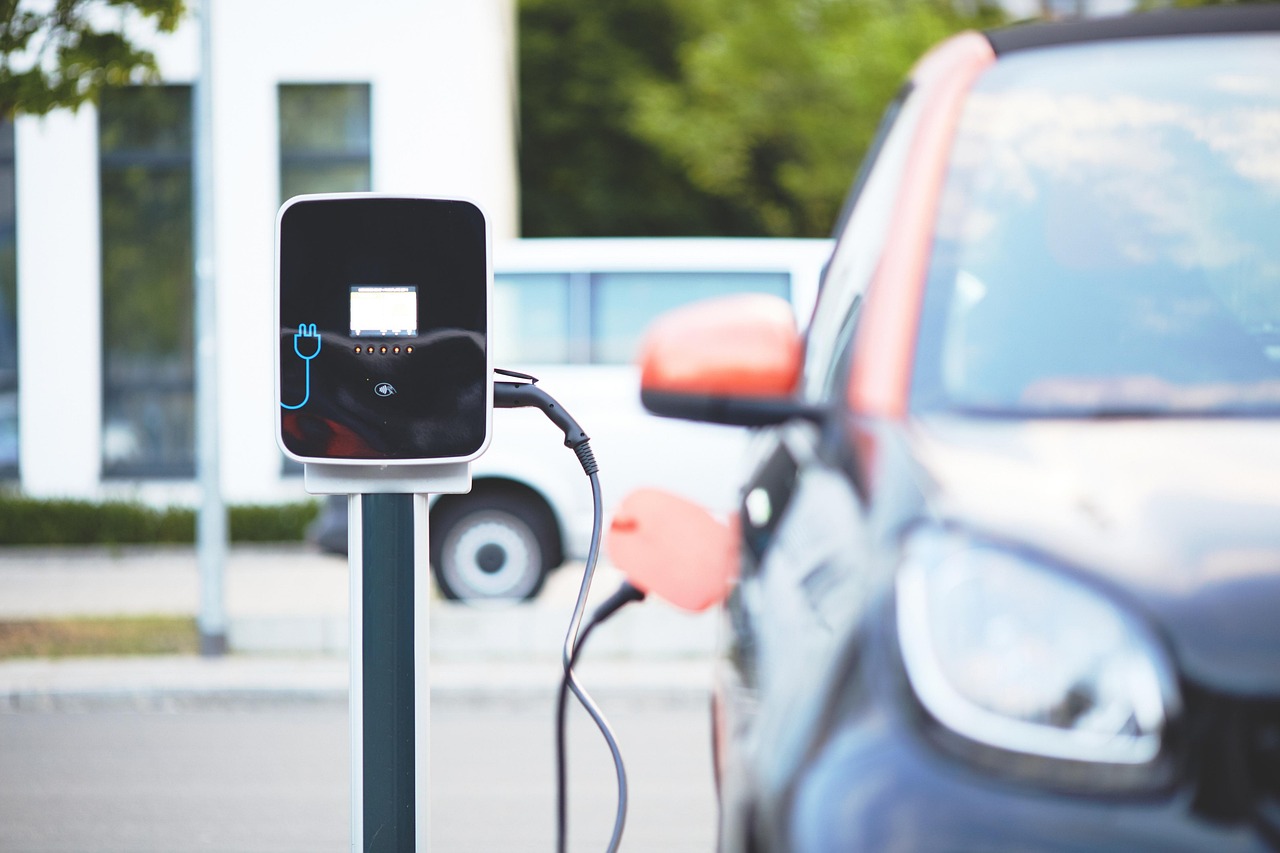- What Earth’s Magnetic Field Has to Do With Climate History - October 7, 2025
- The Science Behind Heat Domes and Their Growing Impact - October 7, 2025
- What Ancient Lake Beds Teach Us About Past Rainfall Patterns - October 6, 2025
Norway Dominates with Record-Breaking Electric Vehicle Adoption
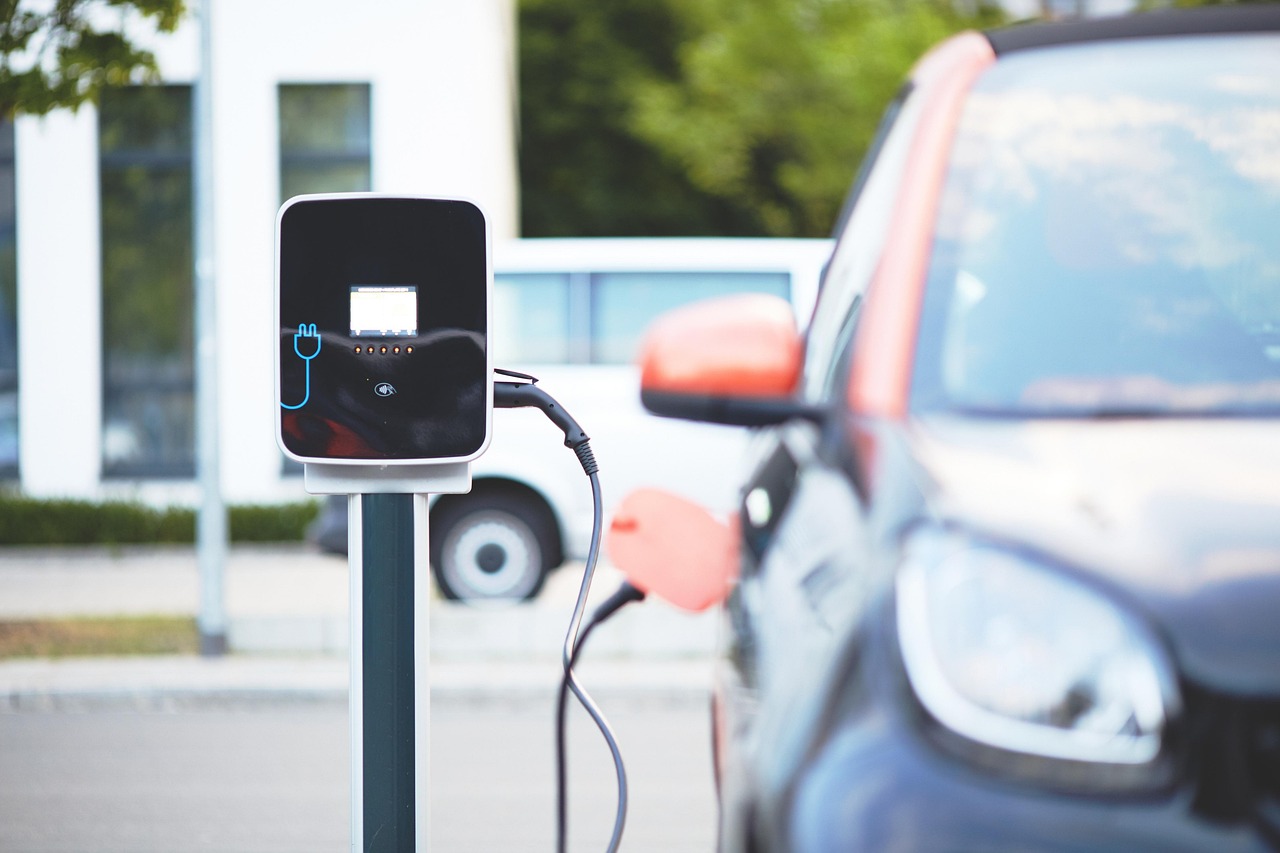
Norway stands as the undisputed global champion of electric vehicle adoption, achieving something no other country has come close to. With 88.9% of new car sales being electric in 2024, up from 82.4% in 2023, Norway is literally erasing gasoline and diesel cars from their market. What’s even more impressive is that Norway’s EV share hit a record 96% in January 2025, up from 92% in January 2024. This isn’t just about buying cars anymore – it’s about fundamentally changing how an entire nation moves around.
The government’s relentless push toward their 2025 goal of completely zero-emission new car sales has created a remarkable transformation. Just over a quarter (28.9%) of all cars on Norwegian roads are now electric compared to 23% petrol, 36% diesel and 12% hybrid cars. Think about that for a moment – electric vehicles have already overtaken petrol cars on the roads!
China Rules the Numbers Game with Massive Market Share

In 2024, electric vehicles made up almost 50% of all car sales in China, and China accounted for nearly two-thirds (65%) of all electric cars sold worldwide that year. The sheer scale is mind-boggling when you consider that China had over 21.8 million electric cars by 2023, which is more than half of all electric cars in the world. China isn’t just participating in the electric revolution – they’re practically owning it.
What makes China’s success particularly fascinating is how they’ve made electric cars genuinely affordable. Over half of all electric cars sold in China now cost less than similar gasoline-powered models. This cost advantage, combined with over 760,000 public charging points, has created a perfect storm for EV adoption that other countries are struggling to replicate.
United States Shows Strong Growth Despite Challenges
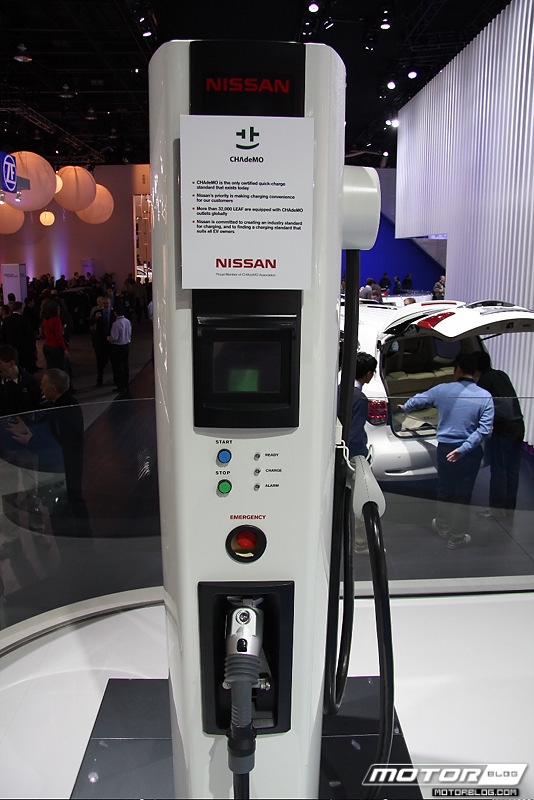
The United States has been making solid progress, though it’s still catching up to the leaders. Sales rose about 20% in 2024 compared to the previous year, with EVs making up about 10% of new car sales by the end of 2024. California continues to lead the charge, with EVs making up over 25% of new car sales in the Golden State.
The Inflation Reduction Act has been a game-changer for American EV adoption. The IRA gives buyers tax credits for new and used electric vehicles and helps manufacturers build EVs and batteries in the U.S. However, recent political changes have created uncertainty, with the Trump administration freezing the $5 billion funding intended for EV chargers.
Germany Leads European Sales Volume
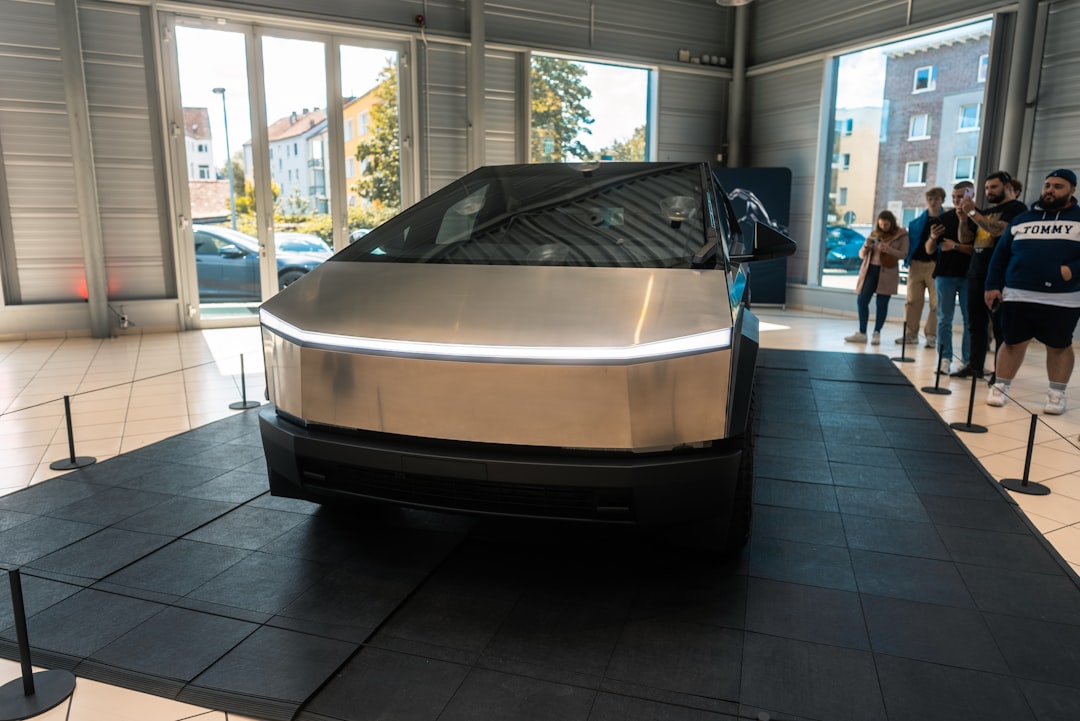
Germany stands out as Europe’s powerhouse for electric vehicle sales, even if the percentages don’t match Norway’s spectacular figures. Germany is Europe’s largest car market and sold 524,000 electric cars in 2023, representing 5.2% of global sales. The country benefits from having some of the world’s most prestigious automakers making serious commitments to electrification.
Big car brands like Volkswagen, BMW, and Mercedes-Benz are making strong moves into electric vehicles, with Germany supporting EVs through tax breaks, rebates, and stricter fuel rules. Despite some subsidy cuts, new rules coming in 2025 will push automakers to produce even more EVs.
United Kingdom Surprises with Rapid Growth

The UK has quietly become a major player in the electric vehicle space, often flying under the radar compared to flashier markets. The UK sold about 314,687 electric cars in 2023, representing 3.1% of global sales, and is now ahead of Germany in battery electric car sales. This achievement is particularly impressive given the UK’s relatively small size compared to other major markets.
The government’s ambitious timeline has created urgency that’s driving real change. The government plans to ban petrol and diesel cars by 2030 and has a strong plan called the Zero Emission Vehicle (ZEV) mandate. In the United Kingdom, electric cars represented 30% of cars sold in the first quarter of 2025, showing remarkable momentum.
Denmark Emerges as Scandinavian Success Story
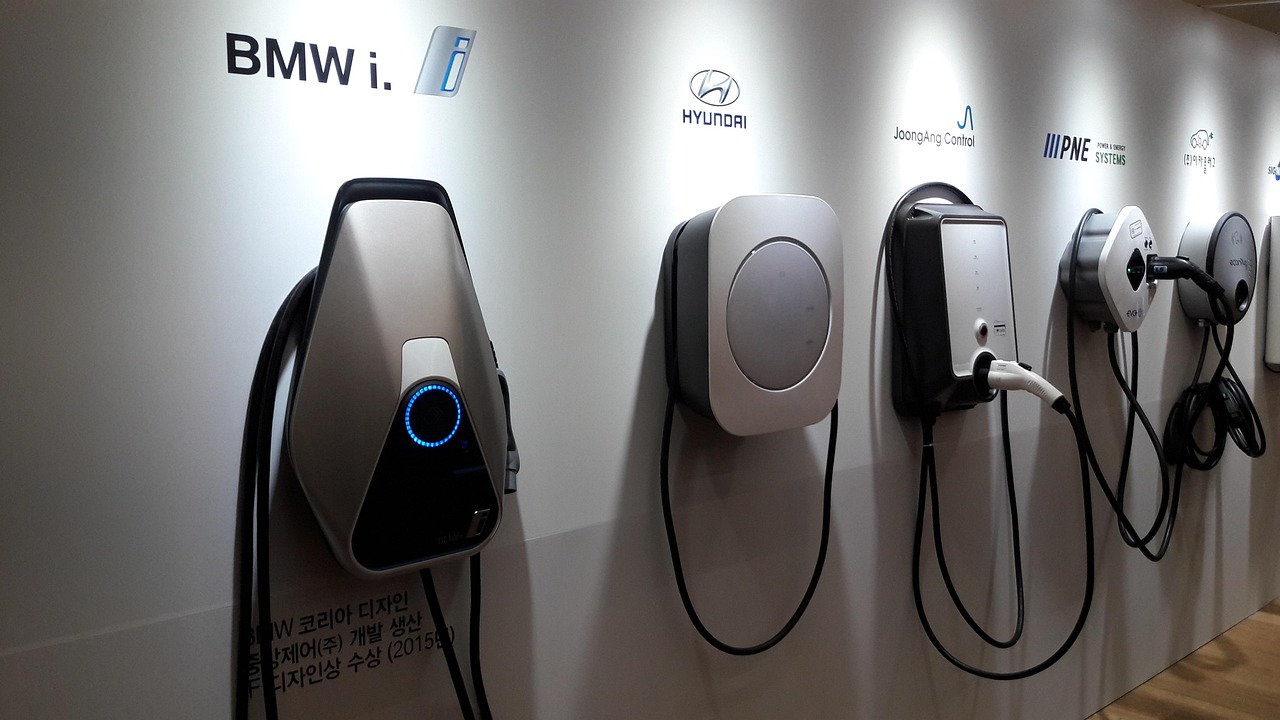
Denmark has been quietly building one of Europe’s most impressive electric vehicle adoption stories. In Denmark, the electric sales share increased by 10 percentage points to reach 56%, with nearly 100,000 electric cars sold in 2024. This represents a dramatic shift that puts Denmark among the top performers globally.
Following in Norway’s footsteps, Denmark has created a supportive environment for electric vehicles through consistent policies and infrastructure development. The country’s success demonstrates that the Scandinavian approach to EV adoption – combining government incentives with practical infrastructure – can work across different markets and economies.
Netherlands Shows Resilience After Subsidy Changes
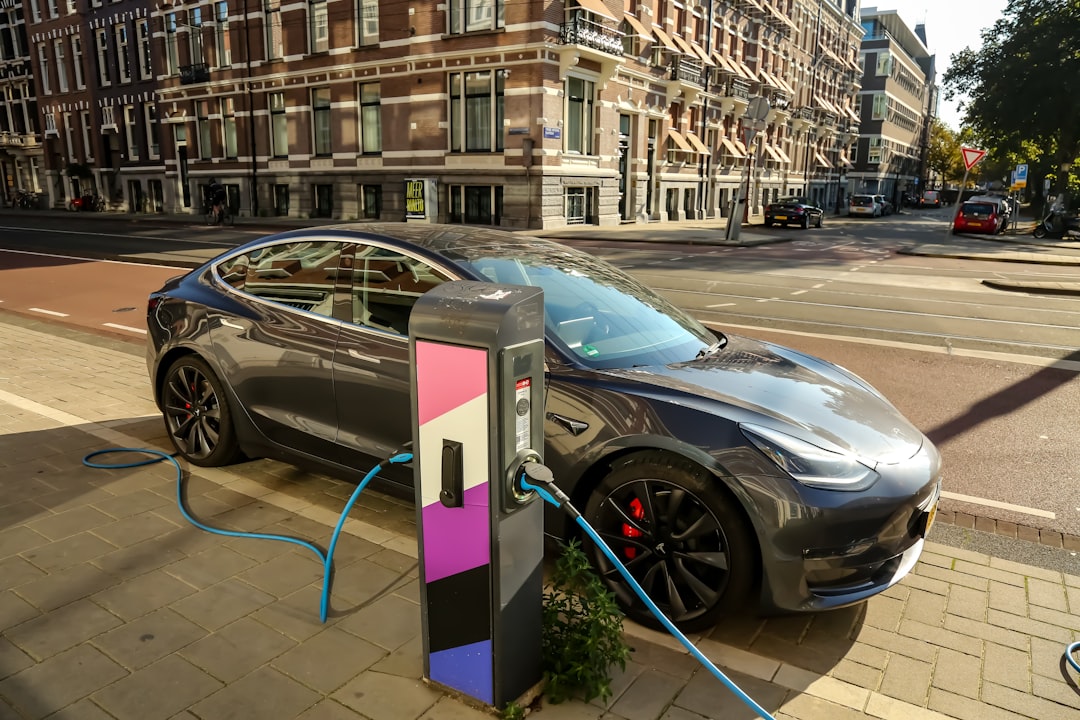
The Netherlands provides an interesting case study in market maturity and resilience. At the end of 2024, the electric car purchase subsidy in the Netherlands came to an end, but electric car sales in the country in the first quarter of 2025 were about 10% higher than during the same period of 2024. This suggests that the market has reached a level of maturity where it can sustain growth even without direct financial incentives.
The Dutch experience shows that once electric vehicles reach a certain adoption threshold, consumer behavior and market forces can maintain momentum. This bodes well for other countries wondering whether their EV markets will collapse once subsidies are removed.
France Maintains Steady European Position
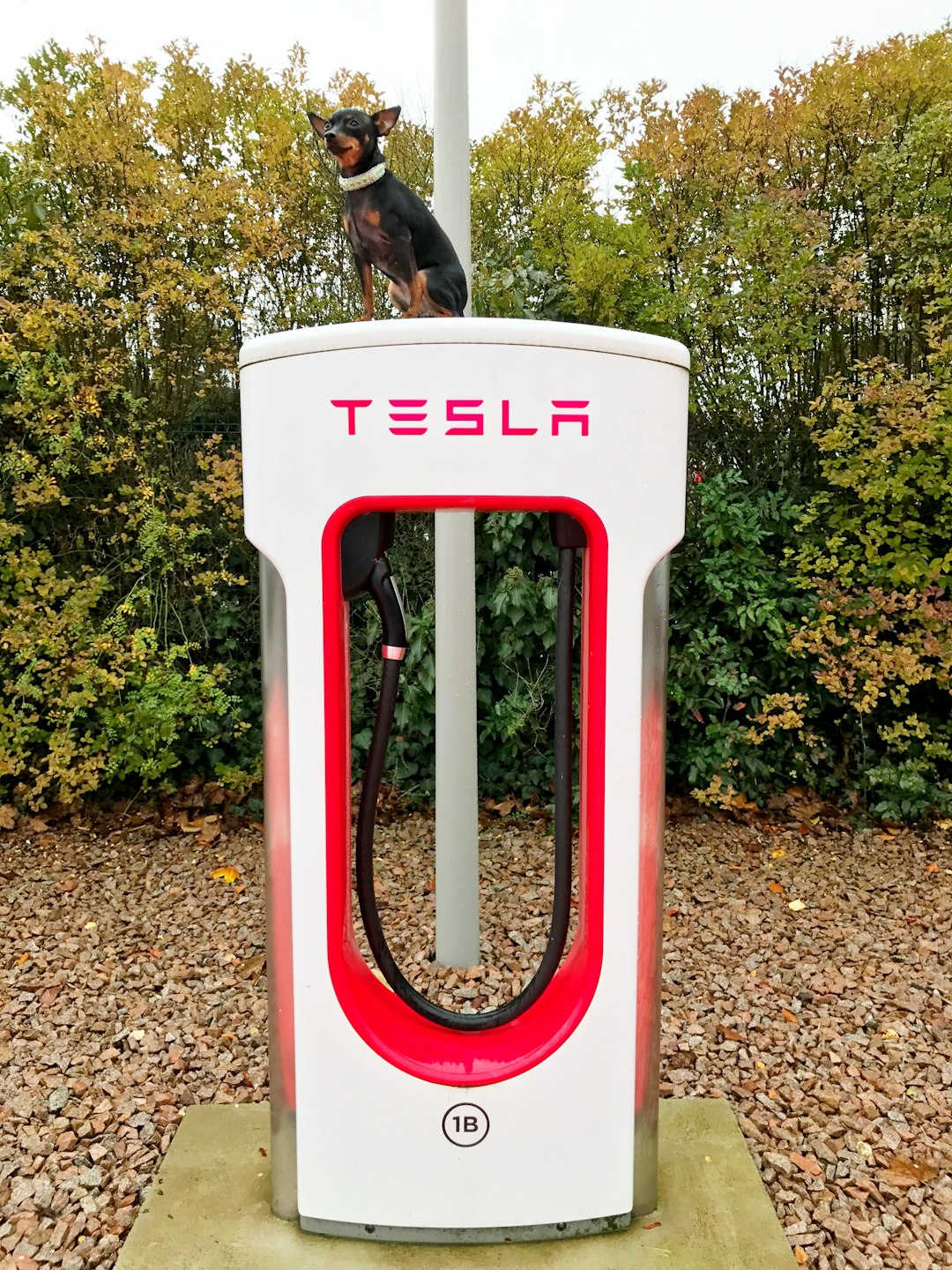
France represents the steady, consistent approach to electric vehicle adoption that characterizes much of Western Europe. While not grabbing headlines like Norway or China, France has maintained a solid position in the European EV landscape. In places like Germany, France, and the Netherlands, the share is steadily rising, though specific recent numbers for France weren’t as prominently featured in the latest data.
The French market benefits from European Union policies and targets, as well as domestic support for clean transportation. French automakers have also been investing heavily in electric vehicle technology, contributing to both domestic adoption and global EV innovation.
Sweden Follows the Nordic Electric Path
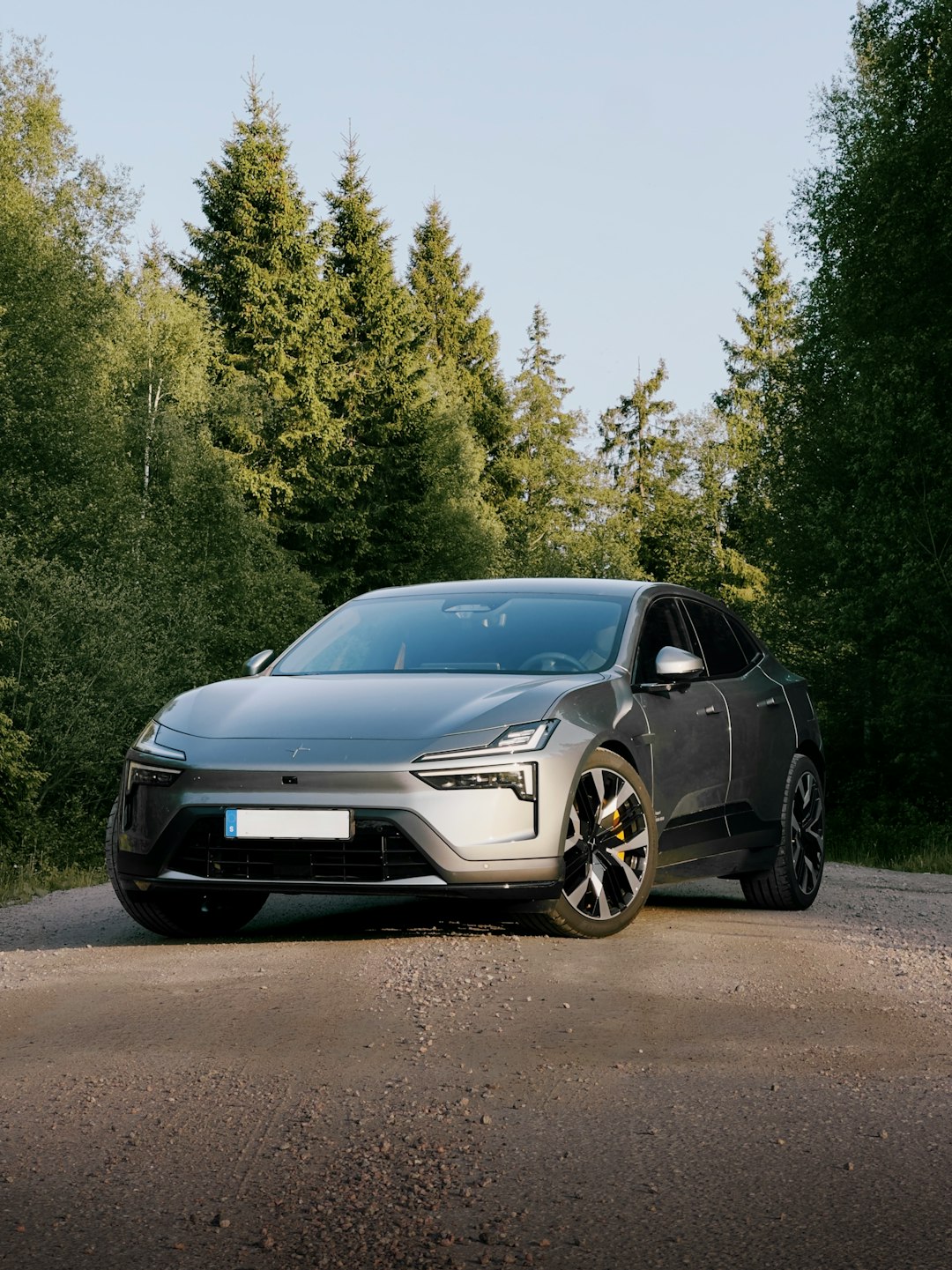
Sweden has been following the broader Nordic trend toward electric vehicle adoption, though it hasn’t achieved the dramatic penetration rates seen in neighboring Norway. Sweden is mentioned alongside Denmark and the Netherlands as countries ahead of the UK in electric vehicle adoption, suggesting strong performance in the European context.
The Swedish approach combines environmental consciousness with practical policy-making, creating steady growth in electric vehicle adoption. Like other Nordic countries, Sweden benefits from a combination of environmental awareness, supportive policies, and the infrastructure needed to make electric vehicles practical for everyday use.
Indonesia Shows Emerging Market Promise
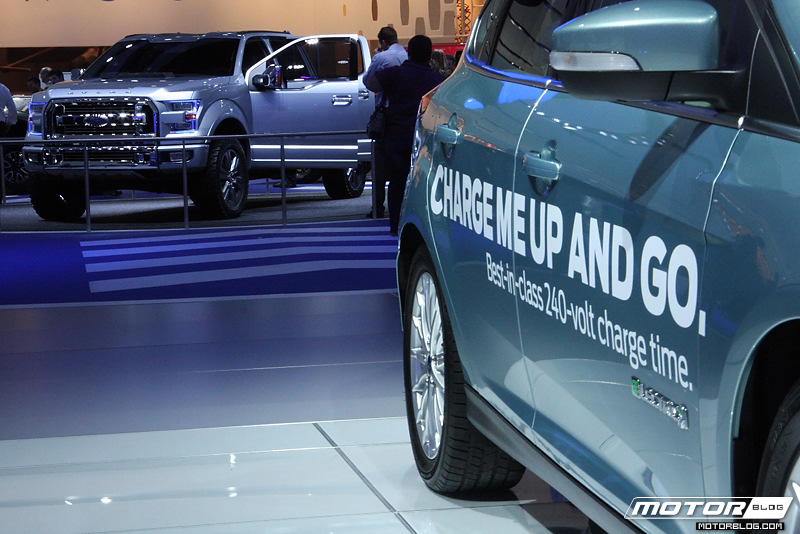
Uploaded by AVIA BavARia, CC BY 2.0, https://commons.wikimedia.org/w/index.php?curid=29201461)
Indonesia represents the exciting potential of emerging markets in the electric vehicle space. In Indonesia, electric car sales tripled in 2024 while the conventional market contracted by 20%, leading to an electric sales share of over 7%. This dramatic shift shows how quickly emerging markets can embrace electric vehicles when the right conditions are in place.
The government has supported adoption by reducing the VAT rate on electric cars from 11% to 1% since 2023, and waiving import taxes for EVs from car makers that invest in local electric car manufacturing. This approach of combining incentives with local manufacturing requirements could become a model for other developing nations looking to jumpstart their electric vehicle markets.
The Global Electric Revolution Is Just Getting Started
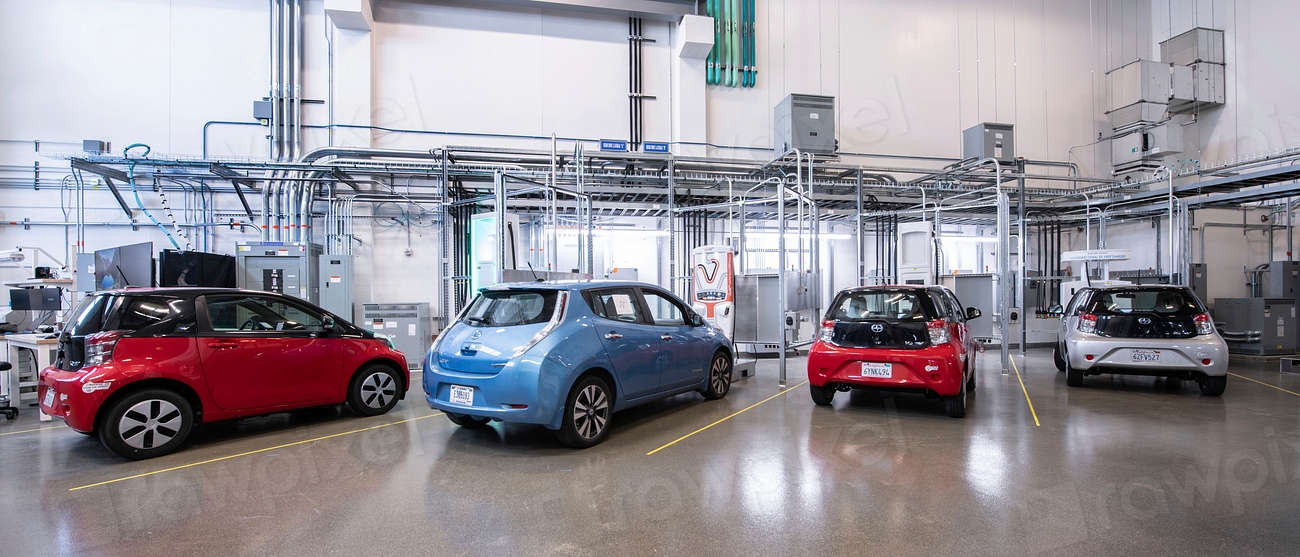
Looking at these ten countries reveals a fascinating pattern: electric vehicle adoption is happening everywhere, but the paths are remarkably different. Globally, over 1-in-5 (22%) of new cars sold were electric in 2024, with Norway at 92% and China at almost 50%. Each country is finding its own way to embrace this transformation, whether through aggressive government policies, market-driven adoption, or manufacturing investments.
What’s particularly exciting is the momentum building globally. EV sales are expected to exceed 20 million in 2025, or more than one-quarter of all new vehicle sales globally, with the first quarter alone seeing more than 4 million EVs sold, marking a 35% increase compared to Q1 2024. The electric revolution isn’t just coming – it’s already transforming how the world moves, one country at a time.
What would you have guessed about which countries would lead this electric transformation?

